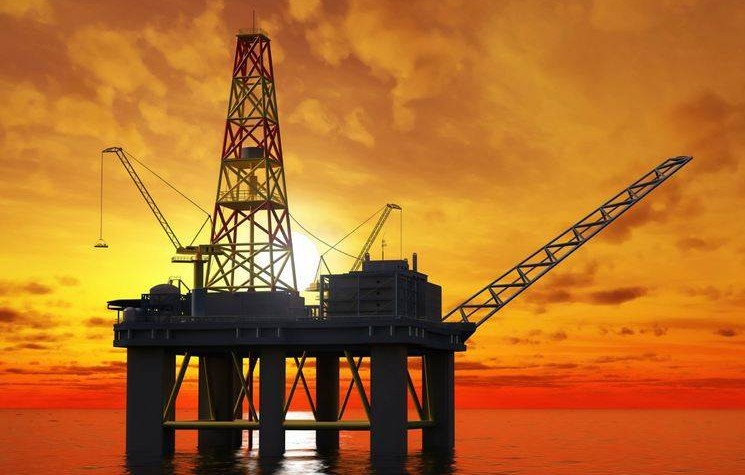April saw the fastest oil price increase in six years – but what will May bring?

By Eithne Treanor
The positive trend in the oil price continued this week with crude oil closing out its best monthly performance this year. The oil companies are comparing results and American production is slowing down. In early trading on Friday, Brent crude was priced close to US$67 with WTI not far from US$60 a barrel.
April’s price increase was at the fastest pace in six years with crude rising by around US$12 a barrel, more than 20 per cent in one month. The lower dollar, now at an 8-week low, helped tempt investors into the market but industry analysts will remain cautious as they examine the prospects for this new volatile oil price environment. The economic data and the state of global oil demand growth will be carefully analysed, as supply seems plentiful around the globe.
Stockpiles in the US continue to rise, but we’re seeing this level off somewhat as refinery demand improves and domestic oil production is beginning to slow down. Many of the international oil companies have reported first quarter results this week. Royal Dutch Shell and ExxonMobil may be seeing stronger marketing and refining results, but the lower oil price is impacting the bottom line.
ExxonMobil saw a 46 per cent fall in profits at US$4.9 billion compared to a figure of more than US$9 billion this time last year. Revenue was down by 36 per cent to US$67.6 billion compared to a much healthier figure of US$106 billion in 2014. The CEO of Exxon Mobil, Rex Tillerson, remained cautiously optimistic as results beat analysts’ expectations. “Regardless of current market conditions, we remain focused on business fundamentals and competitive advantages that create long-term shareholder value,” said Tillerson. Exxon Mobil reported an increase of 2 per cent in oil production, now around 2.3 million barrels a day. With the current economic climate and lower cost environment, the company cut capital expenditure by close to 10 per cent to US$7.7 billion.
Royal Dutch Shell also cut capital expenditure by US$2 billion to US$33 billion, after the company reported a drop of 56 per cent in first quarter figures. The company’s profit for the quarter was US$3.2 billion, compared to last year at US$7.3 billion. Shell made it clear that further investment is at risk but said it will continue the exploration programme in the Alaskan Arctic this summer. Shell reduced its exposure in the Nigerian market and has recently sold assets of more than US$2 billion. The company is still working on the fine print of the US$70 billion BG merger deal sealed at a time when oil prices were lower than today.
The low oil price environment also impacted BP as it reported quarterly profits of US$2.57 billion compared to US$3.25 billion, beating analyst expectations. Oil production for the company was up more than 8 per cent for the first quarter but the company said the second quarter would not be as strong. The refining side of the business performed well with profits more than double at US$2.2 billion for the quarter, a trend the company expects to see through the second quarter. Investors are still getting the same dividend as last quarter and analysts remain optimistic on BP’s future performance.
The refining sector was also kind to the French oil company Total, with figures almost triple to more than US$1 billion for the quarter. The key upstream profit figure was down by 20 per cent from last year at US$2.6 billion. Sales were down 30 per cent to US$42.3 billion impacted also by problems with their operations in Yemen and in Libya. The company said it hopes to increase production in 2015 by 8 per cent and continue to grow the more profitable refining and chemical business.
Comments (0)